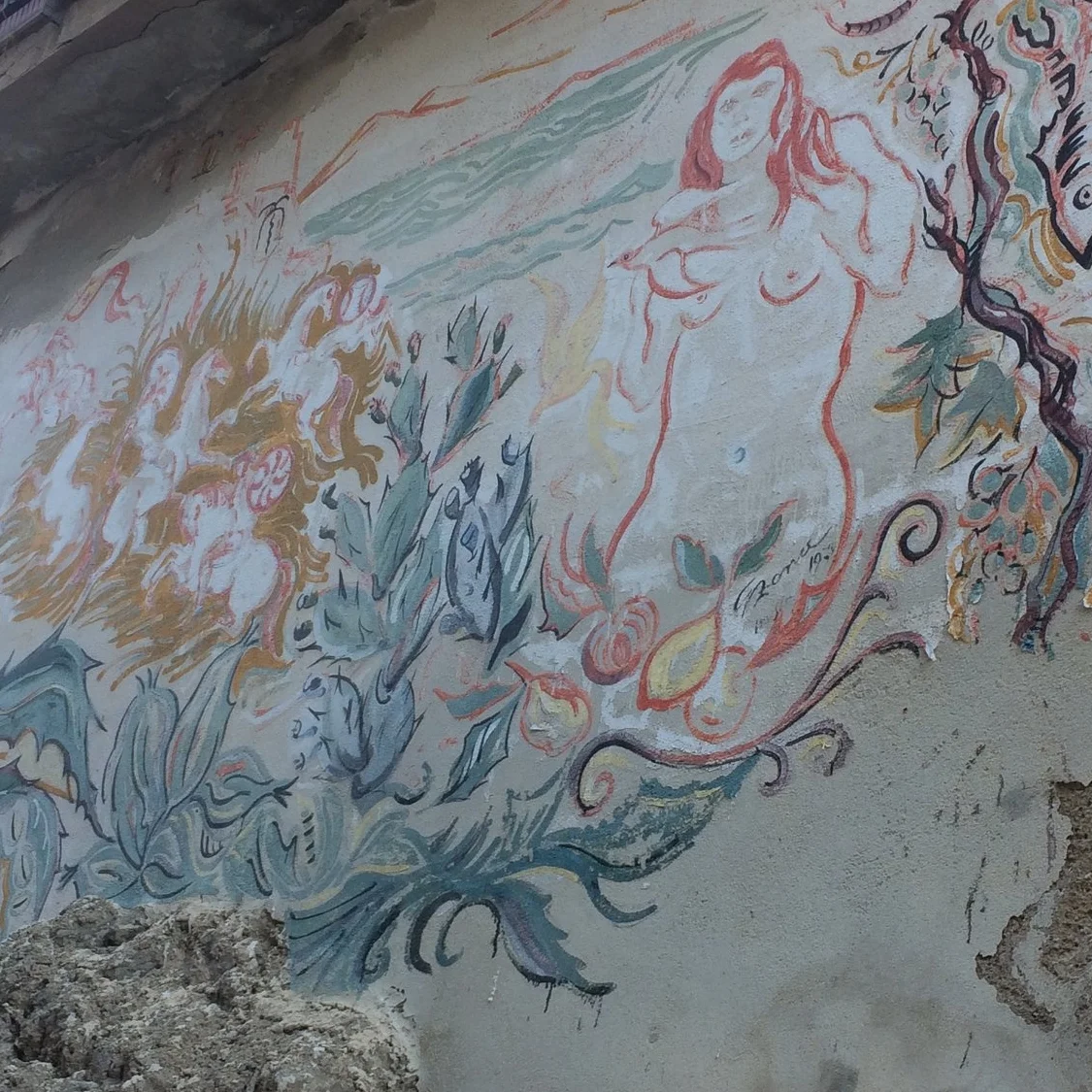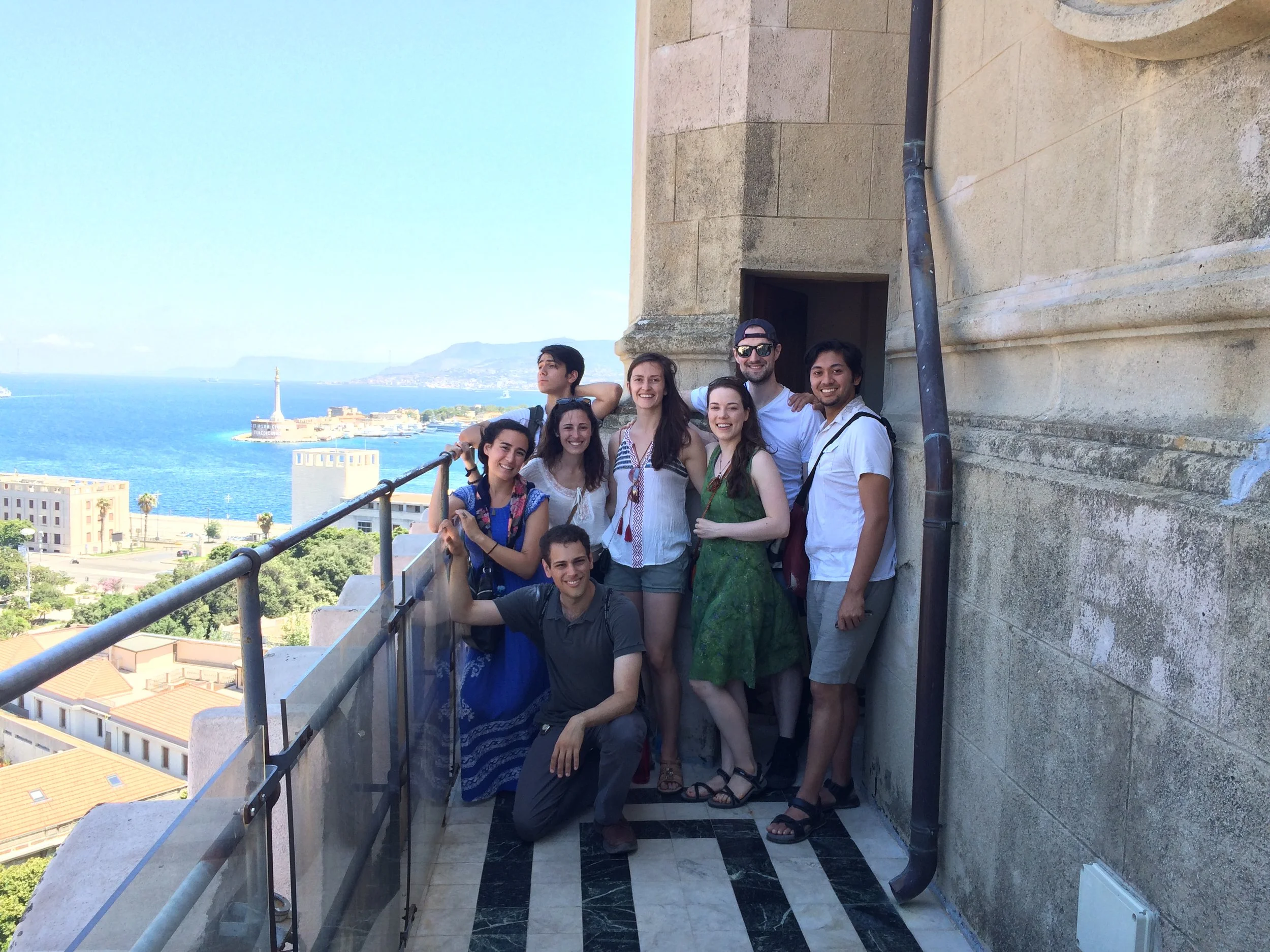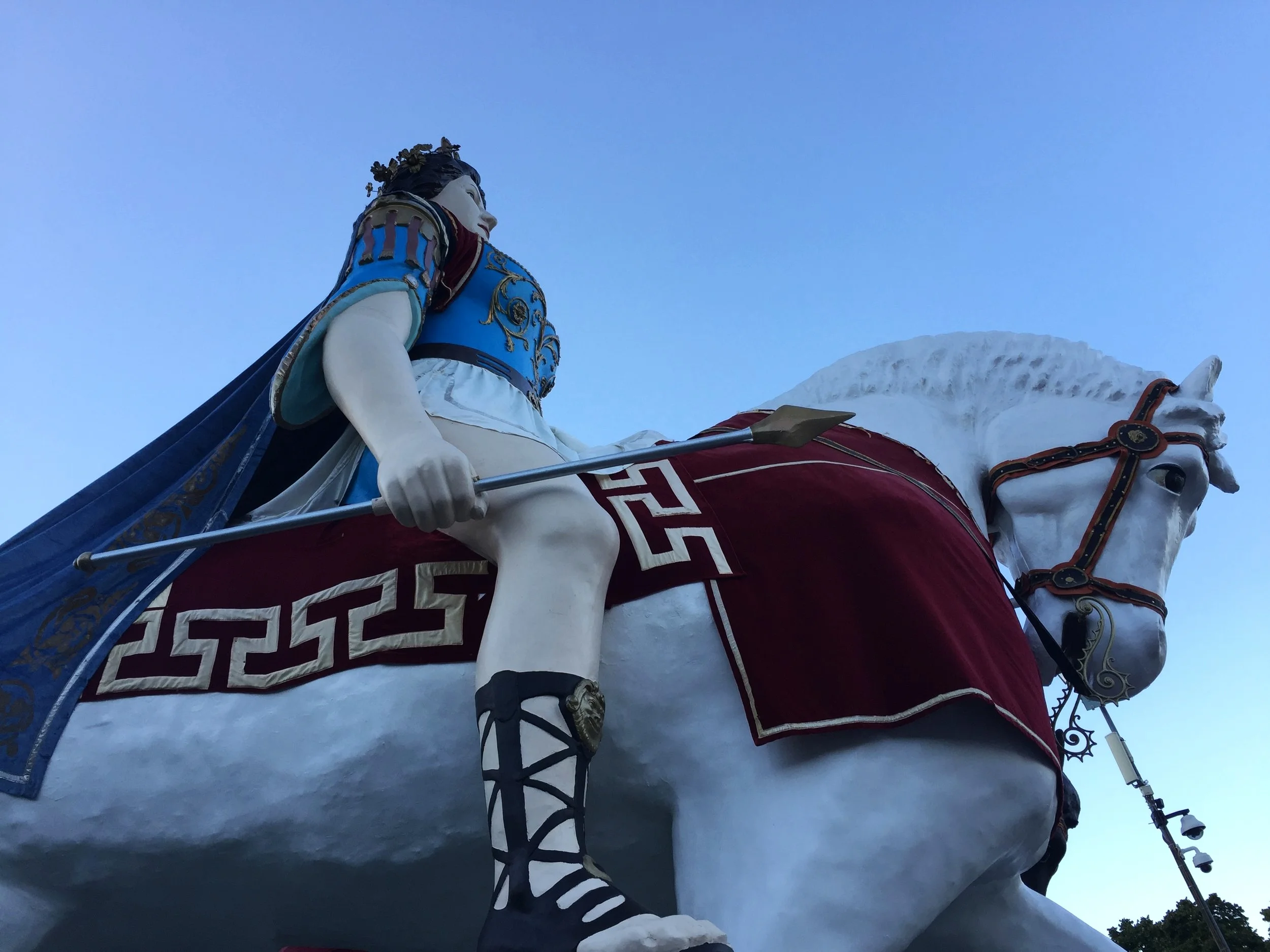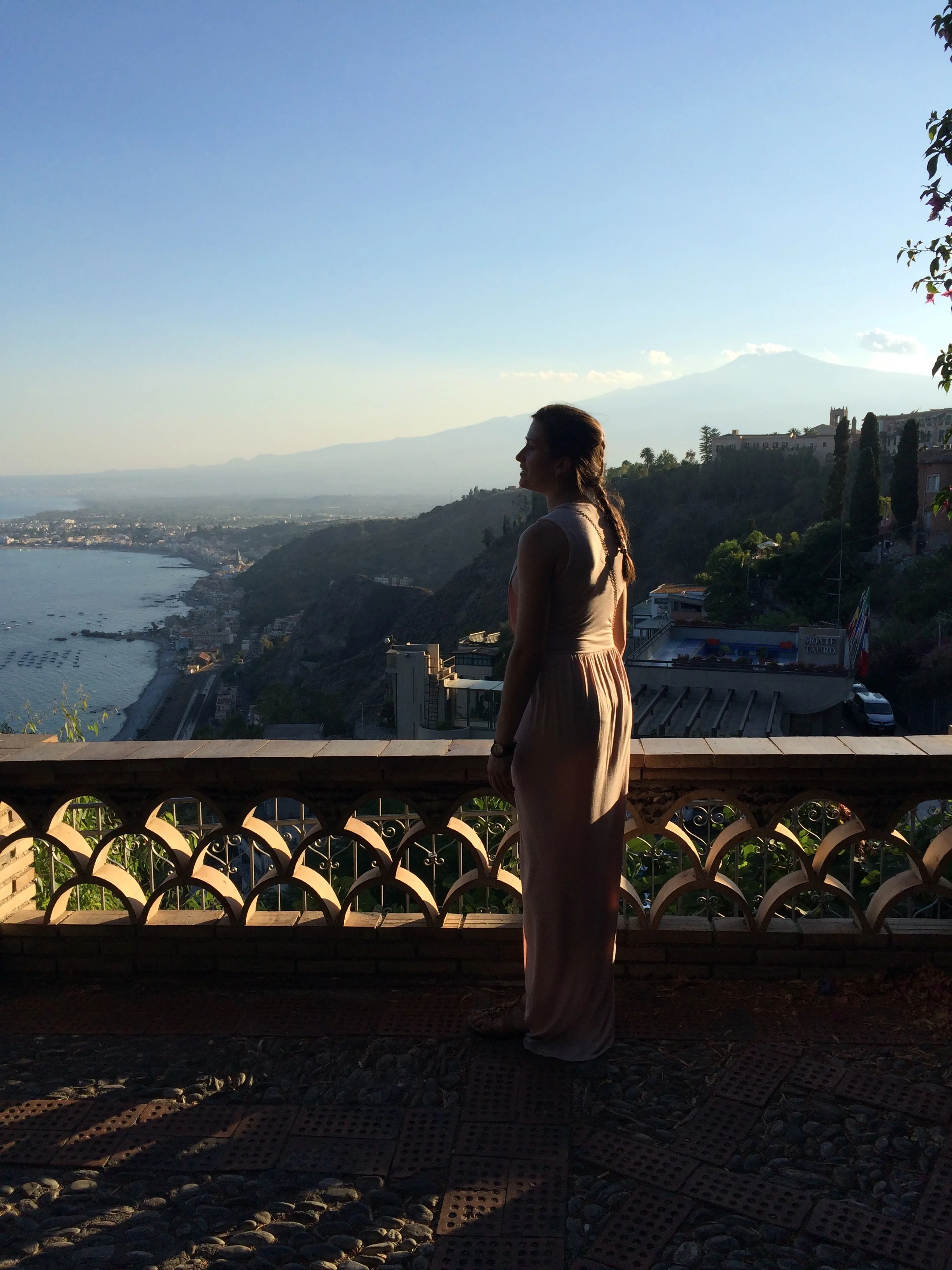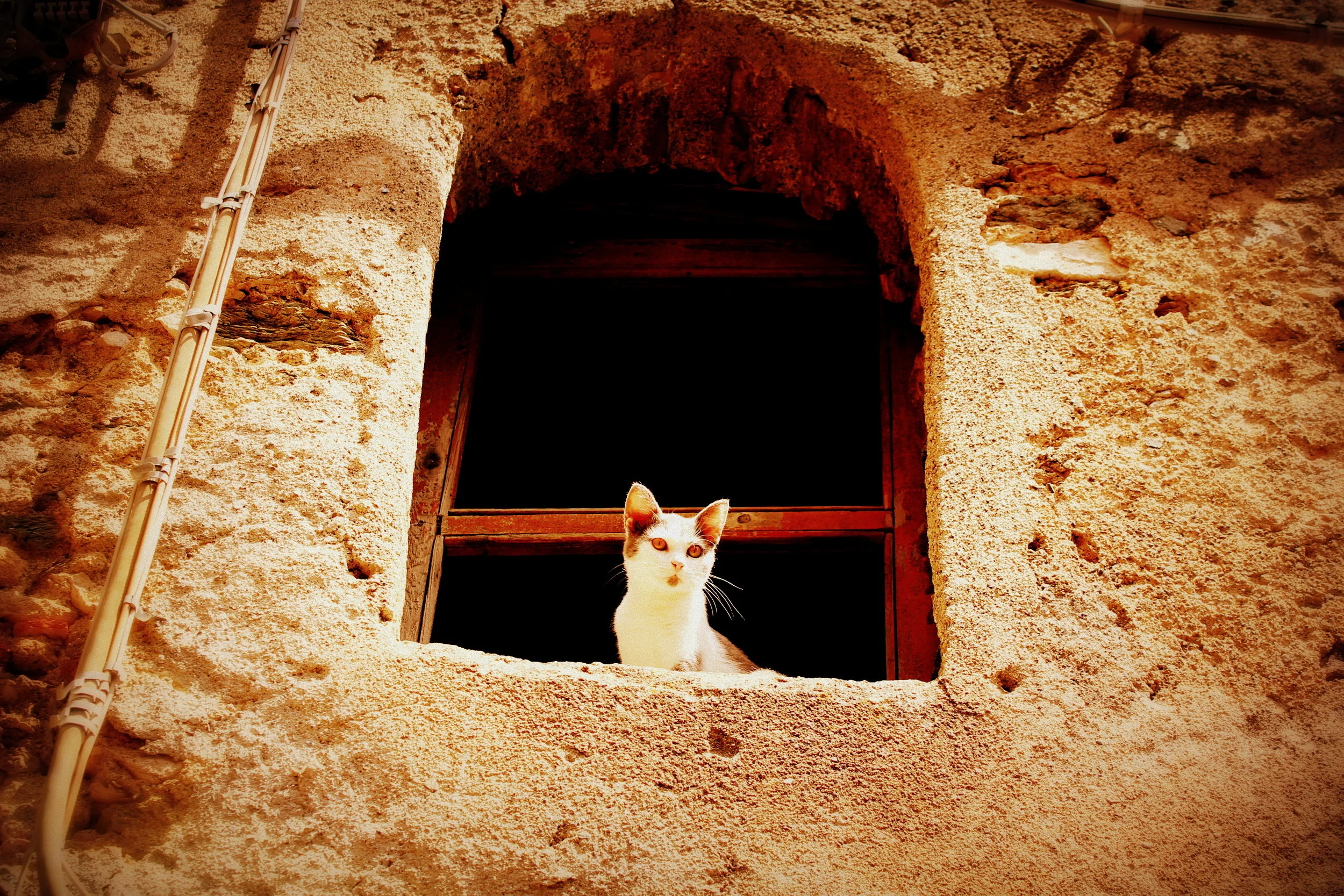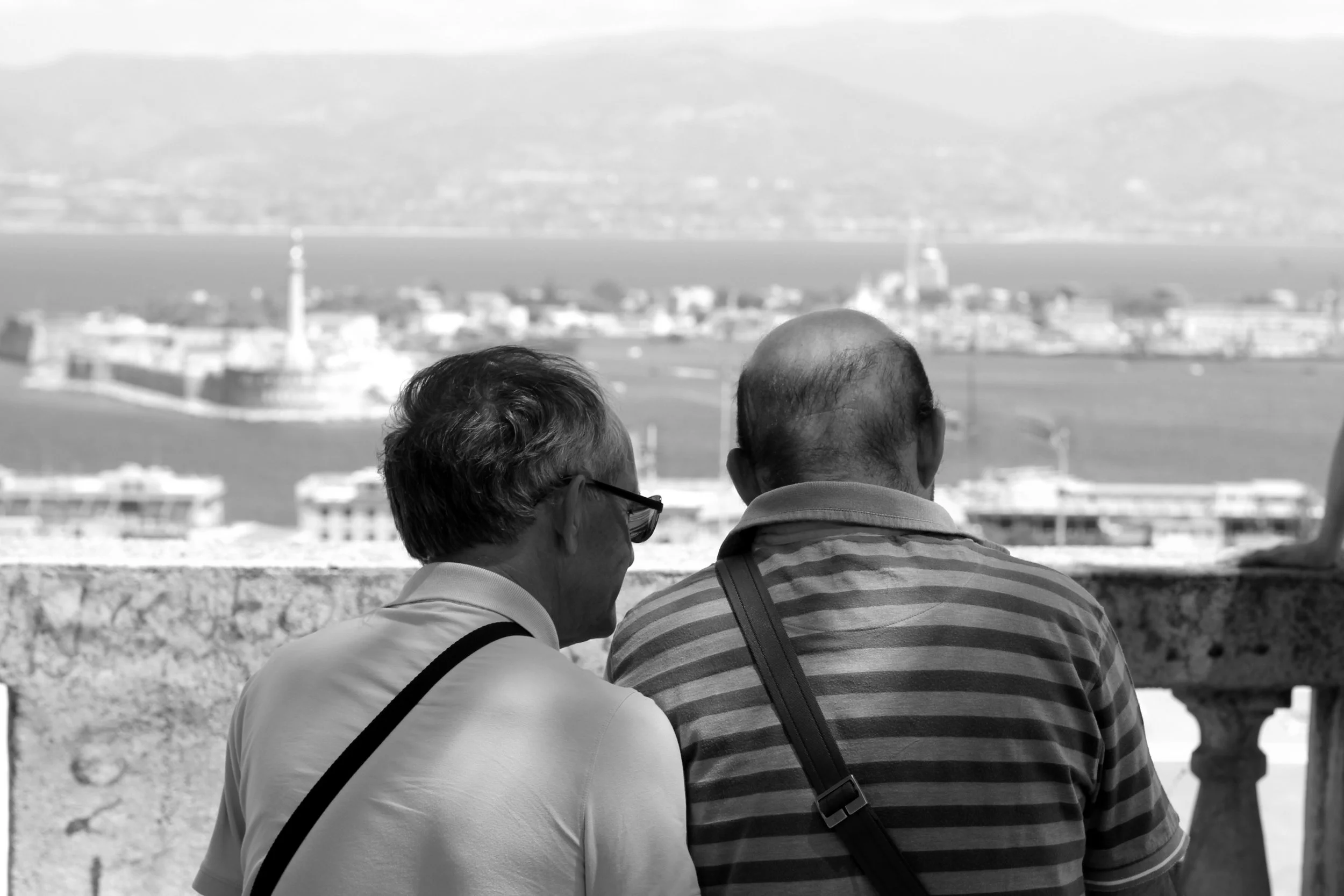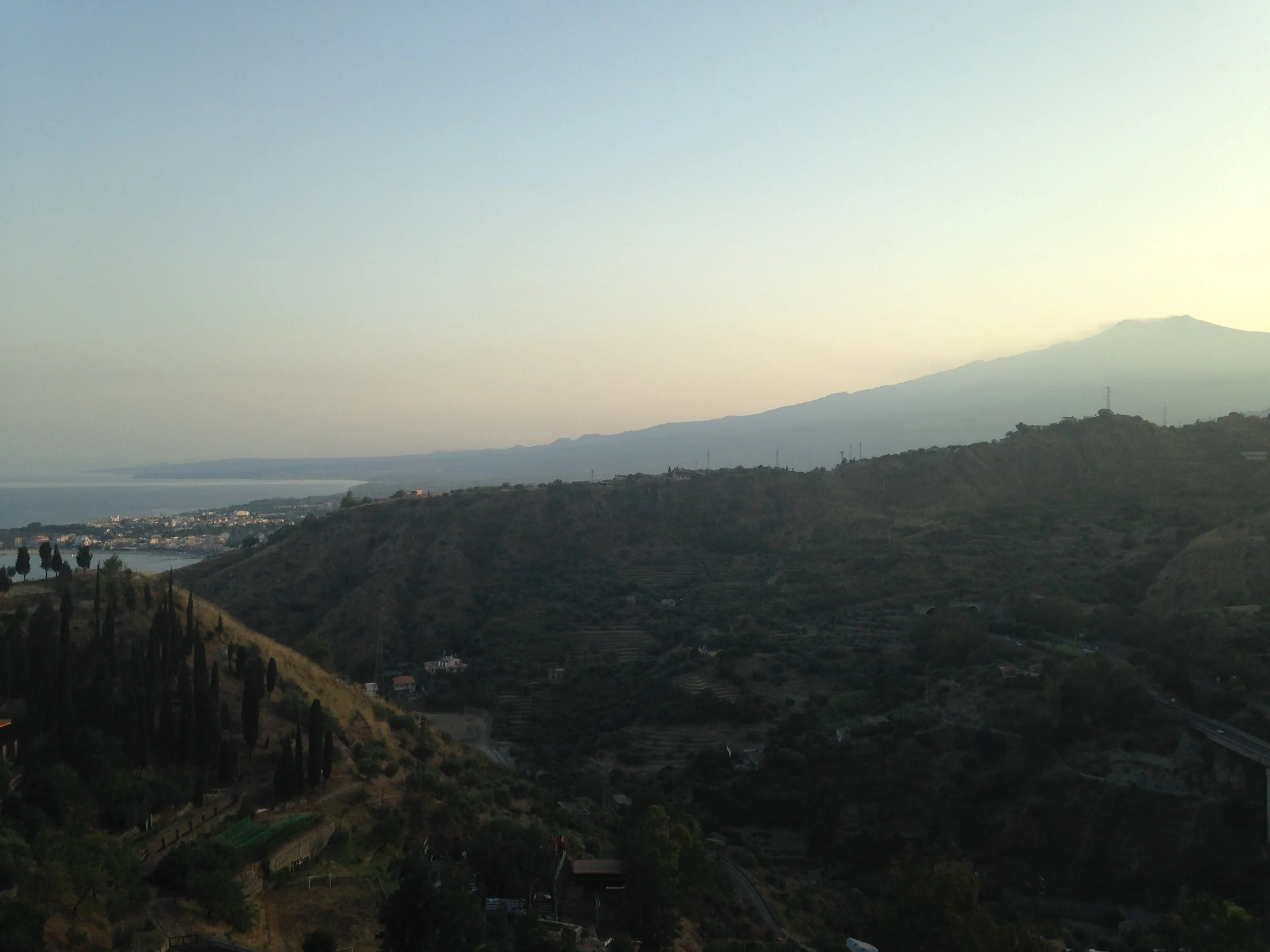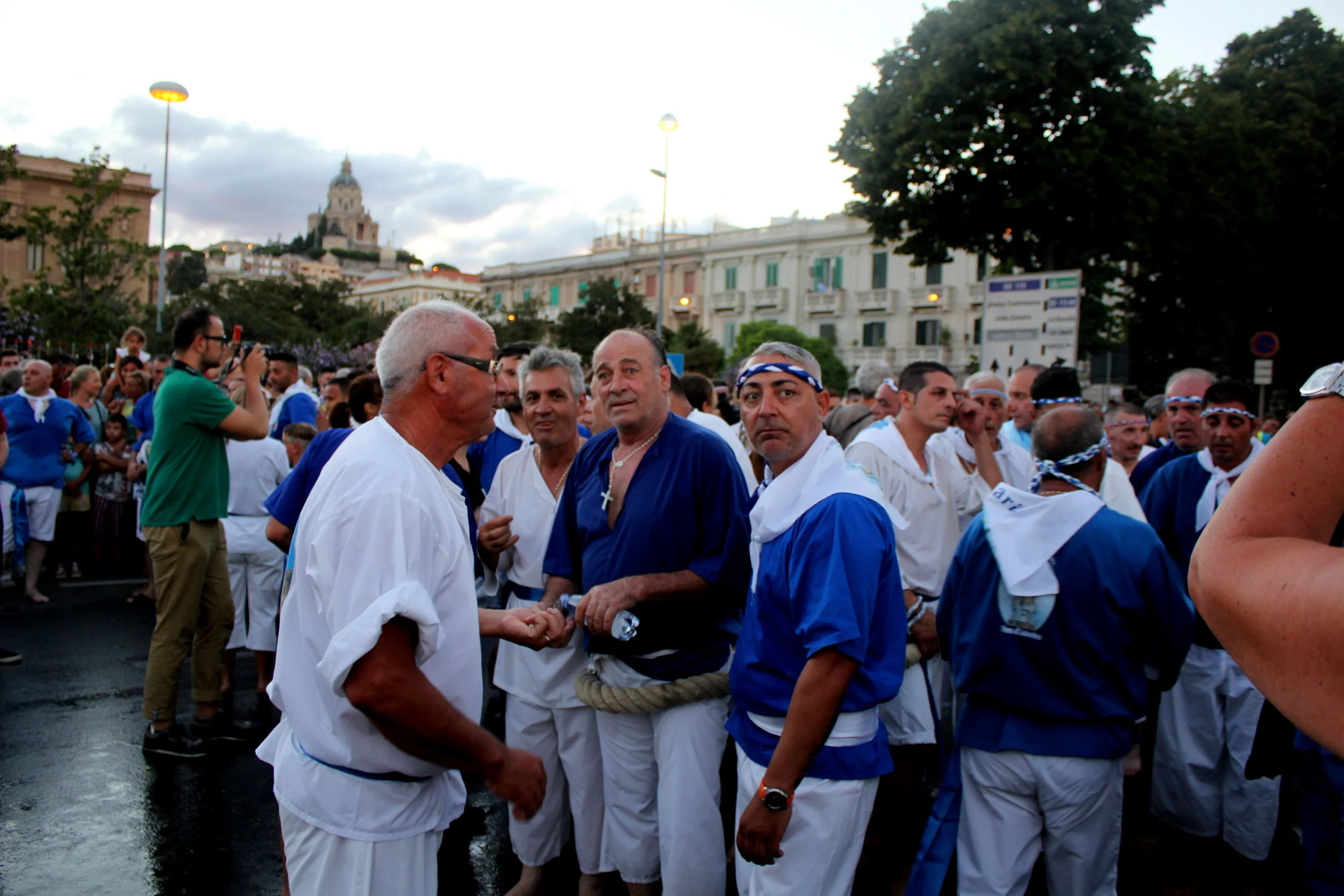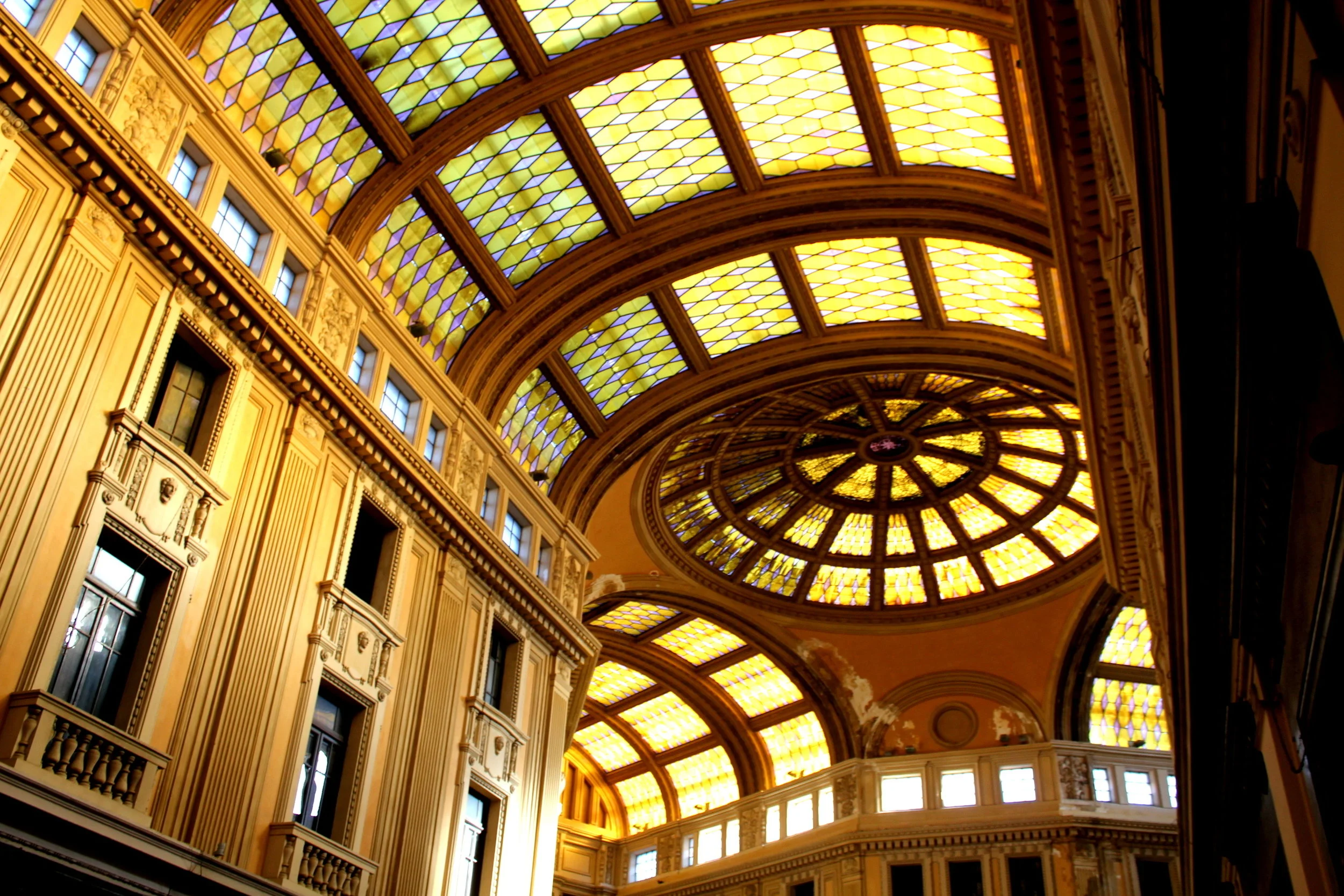
Dove siamo
About our location
The villages of the Strait
The area south of the city of Messina along the Strait is one of the most highly populated regions of Southern Italy. Nestled between the mountains and the sea, these villages of the Southern Messina region, though small in population, have much to offer in terms of beauty and culture. Although they are less frequented by tourists seeking more recognizable cities and landmarks, the smaller villages of Sicily offer a unique and festive look into everyday life in the agricultural South.
Our work in particular focuses on a series of villages along the Ionian Coast known as Calonerò, from the Greek word meaning "good water." These small villages, spread throughout three mountainous valleys, are interconnected, but each maintains their own unique culture with different feast day celebrations honoring local saints, different dialects, and culinary specialities, which are celebrated as sacred foods in a festival known as a sagra. Village life is often centered around the family, with religious events such as communions and baptisms offering regular communal celebration. Often towns are built around piazzas, which more often than not are also the home of the town's main church, which is usually named after the local patron saint.
In recent years, these smaller villages and towns have experienced an exodus of people seeking greater opportunities in the cities, but until 18th century, Sicilian history was nearly entirely made up of small town life in the feudal system. Although today large cities such as Messina and Palermo take the spotlight, most of the people who live in these larger cities today were living in the smaller towns and villages until the last century or two. These smaller rural villages are the true heart and soul of Sicilian culture and history.
Our primary residence is in the village of Pezzolo, sometimes called a “village built on a rock.” Located just 12 miles south of Messina, this small village is primarily accessible by one 7km long stretch of road and sits 400m above sea level. The origins of the village are ancient, but we know that the location was already inhabited and became further developed during the time of the Arab Caliphate of Sicily, in the 9th and 10th centuries. The nearby Benedictine Monastery of San Placido Calonerò is recorded as already existing in 1086. Today, Pezzolo is inhabited by fewer than 400 residents as the entire South of Italy faces high emigration rates—it is estimated that some 20,000 young Sicilians leave the island each year for better opportunities elsewhere, due to the struggling Sicilian agricultural economy and the high unemployment rates.
Messina has also suffered due to the preponderance of natural disaster, primarily due to its close proximity to the active volcano, Mount Etna, and location on the boundary zone of the African continental plate. Earthquakes leveled the historic city in 1783, 1894, and most famously in 1908, when on December 28th, a 7.1 magnitude earthquake and three 39-foot tsunami waves left Messina nearly completely leveled. Although the earthquake lasted only 30 to 40 seconds, up to 200,000 people were killed (about half of the city’s population) and over 91% of the city structures were destroyed or irreparably damaged. The destruction spanned approximately 186 miles. Further destruction took place during Allied forces bombardments in the Second World War. For this reason, Messina is sometimes called, “A city with no memory.”
Recently, in 2009, a historic storm and subsequent mudslide caused significant damage to the cities along the Ionian coast of Sicily, with a reported 31 people killed and more than 400 left homeless. Though initial responses to the disaster were slow, the villages of this Southern Messina Calonerò have begun to rebuild and regrow. In the years following the mudslide, several villages have put forward renewed interest in projects to revitalize life in Sicilian small towns.
Despite suffering extraordinary hardship, Messina and its surrounding province is also home to an extensive and rich culture as one of the oldest surviving port cities in the world, with "survivor" as the most apt term for this hardy city and its people. Historically, Messina is still rich in significance. Homer's clever Odysseus lost much of his crew to the Strait of Messina's monster, Scylla, and her counterpoint Charybdis on the Calabria side. It is sometimes thought to be the the Avalon of Arthurian legend. It is the city in which William Shakespeare set Much Ado About Nothing, as well as the home of the University of Messina, the first Jesuit university founded by Saint Ignatius Loyola himself. The Norman style Cathedral of Messina remains an important historic site, and is home to one of the largest astronomical clocks in the world, as well what was at the time of construction in 1933 the largest automaton clock in the world, built by Ungerer Brothers of Strasbourg. To this day, tourists gather in the Cathedral plaza everyday at noon to watch the clock give its 15 minute performance. Messina is also home to a stunning naturally occurring harbor (said to be the sickle of the Greek god Cronus dropped into the Strait) which remains one of the most important ports in the Mediterranean and has seen a tremendous growth in cruise traffic in recent years.
Life in the rural villages of Southern Messina offers sweeping panoramas, fresh mountain air, the sea breeze off the Strait of Messina, and a peace that brings joy to the heart of an artist.



